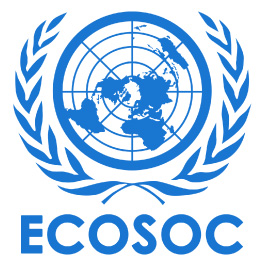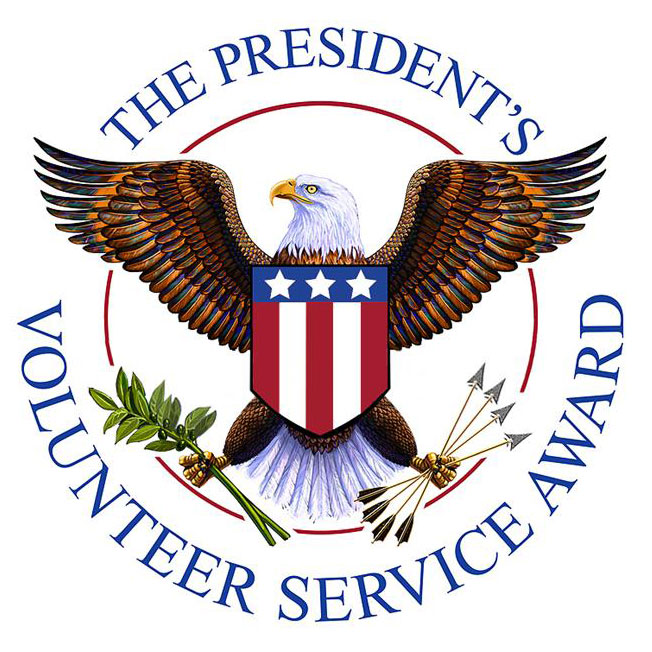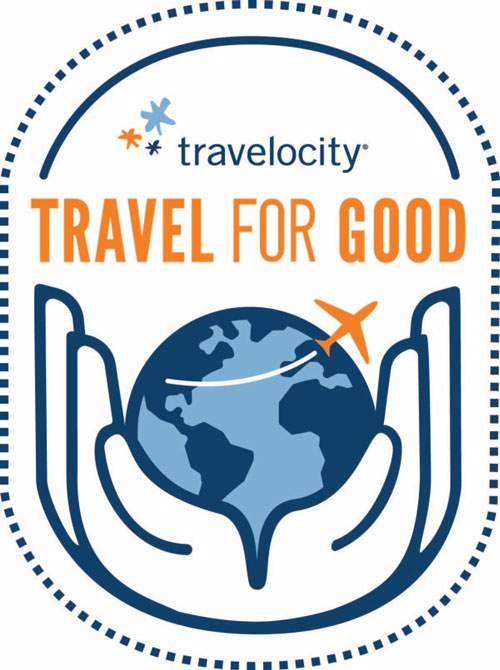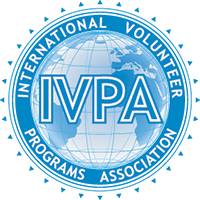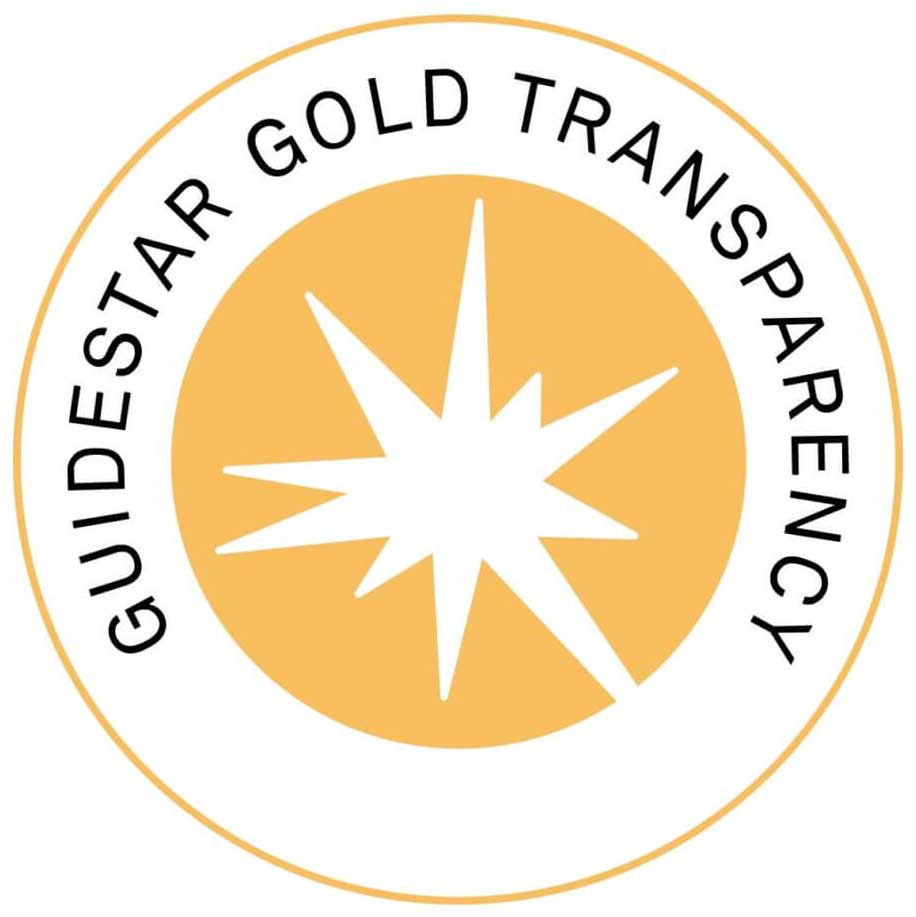One Week Volunteer Vacations
Globe Aware focuses on short term, one week volunteer vacations. These are specially formatted for working people with limited vacation time who want to volunteer abroad.
By Janet Wilson
This fall, we asked readers of our Travel section to share stories about their volunteer vacations. We got a great response, hearing from Central Texans who had done everything from helping Honduran victims of Hurricane Mitch to teaching children at a Hopi Indian reservation in Arizona. Read their stories below.
I went on a volunteer vacation to Thailand for a week. We worked on a few projects. We helped Buddhist monks (poor by definition) practice English, we had a few environmental projects, like building a community compost pile, and we helped local residents prepare for festival, which was really awesome! It's amazing how much fun you can have with so little. Anyway the company was called Globeaware. I went last October. I stayed in Thailand for a few weeks afterwards, touring on my own, but by far the best highlight of the trip was getting to know my fellow volunteers while working on these projects. When I was staying in hotels, I felt I was farther from the culture I was there to learn about, but living in those perched Thai homes, eating homemade Thai food was pretty cool. When I was helping these poor folks, I felt they really saw me in a special, human way. — Greg Coles
I am something of an expert volunteer vacationer. I have been on five different volunteer vacation experiences with different organizations and thought this info might be useful. I spent about $1,500 to go on an I-to-I trip for almost 3 months as an English teacher in a small village in Costa Rica. The people were just amazing, the rainforest was incredible, and I genuinely felt I was contributing. The only down side was that I also had to pay $300 a month for food, and I found out that not one dollar of my contribution when to the local community. I understand that the organization must fund itself somehow, since it does not have government grants, but I was disappointed that NONE of the funds went to the community. They did have pretty decent Spanish lessons prior to the beginning of my volunteer work.
I also went on a two-week SCI trip to Thailand (one of your recent recommendations). This is the least expensive trip of this kind (by far) I have ever taken. However, it showed! I hardly got any orientation materials, there seemed to be no communication whatsoever between SCI and the local community, and I was not able to get any answers to any of my pre-trip questions. This is a great option for those who are willing to deal with a lot of unknowns. Also, I had to pay an additional "meal fee" once I arrived. The work was good, though not particularly well organized.
Two years ago, I went on a Global Volunteers trip to teach English in a charming little school in southern Italy. The cost was high — nearly $3000 BEFORE my airfare — however it was very well organized, everything was included, and our leader made the trip fun and meaningful. About $200 of the fee went to the community itself. I was just happy that at least they got some of it. For those who have the money, this was a well-run trip.
This month I just returned from a one-week vacation with two of my colleagues from work with Globe Aware to an orphanage in Cuzco, Peru. I did NOT see this organization listed in your paper. The one down side was that it I really enjoy longer trips, and all their trips seem to be only one week. It was a third of the cost of Global Volunteers, but just as well organized.
Not only was it relatively cheap to begin with, but they help set up an easy sponsorship program. Frito-Lay, my employer, matched our contribution fee two-for-one toward our volunteer contribution fee, so it ended up costing us very little out of our own pockets. All of our costs but airfare were included, and I think the community got a substantial portion of the fee. Our free time was well organized (we got to see Machu Picchu), and the work with the children (quite varied) was deeply touching. The fact that it was only one week, while a disappointment for me, made it an easy thing for my colleagues to fit in their schedules.
I would really recommend this for working professionals with very little time and a moderate amount of money. Lastly, I went on a church retreat to Guatemala three years ago with a church in my then hometown. It cost about $650 for everything but airfare, much of which we raised through bake sales throughout the year. We were helping to set up a variety of church-related services and felt some resistance from the community in some ways. I got the feeling we hadn't necessarily gone about asking the community how they felt about our assistance, yet everything worked out well, and all the families made for a really unique bonding experience.
I wish everyone would have the opportunity to do this. I have had little desire to do typical tourist vacations ever since I first went on a volunteer vacation, and I find myself so deeply grateful for the things in my life.
— Brenda Colleen, College Station
The following is a selected excerpt from the above Travel article in the January 1, 2004 Austin-Statesman, titled, "Lend a hand"
You won't find a mint on your pillow and there's no room service, but volunteer vacations do have their rewards
May Schmidt was a teenager when she first spent her vacation on hands and knees, scraping the earth with a trowel.
Canyon Dam was about to be built on the Guadalupe River, and her parents decided that they and their six children would help archeologists search for Native American artifacts that would be lost once the dam was complete.
The family signed up for an eight-day school sponsored by the Texas Archeological Society near the dam site.
"I always liked archeology as a kid, but my idea of archeology was going to Egypt and the Middle East," May Schmidt recalls. "It never occurred to me there was archeology in Texas."
Her parents' decision to volunteer that summer in 1963 would affect the Schmidt family for generations. Though she took a hiatus to attend the University of Texas and serve in the Peace Corps, Schmidt, her husband, Jim, and their 6-month-old daughter returned to the excavation pits in 1970, recording archeology sites on West Texas land being developed as Guadalupe Mountains National Park.
The Schmidts had discovered the joys of the volunteer vacation — the kind where travelers don't just see the world, they also work to make it a better place. This is a very different kind of journey, and more travelers appear to be embracing it.
In fact, forgoing mai tais and tropical tans to spend the holiday helping others — whether working in clinics or teaching English in China, maintaining hiking trails or building sanitation facilities — has become so popular that travel guidebooks are adding special sections to their old formats.
"Let's Go found that volunteer travel is a definite trend on the rise," says Lisa Senz, who oversees Let's Go Publications at St. Martin's Press. . . .
In focus groups, participants expressed a desire to travel conscientiously and become more involved in the communities they were visiting, Senz adds.
"Thousands of opportunities are available, from volunteering for a couple of hours to a couple of weeks or months," says Nina Jacobi, a Let's Go editor who who helped research alternative vacations. "People are beginning to realize that travel has a cultural and environmental impact and, in response, are interested in traveling responsibly."
Since 1978, the Schmidts have spent one week every June volunteering their vacation time and their skills to help preserve history. Their daughter Erna Martin, 34, and son Christian, 22, were often in tow. Granddaughter McKenna Martin, 3, is now a digger in training, and nephew Hamilton Rogers, 12, has joined the crew several times.
The first year May Schmidt volunteered was similar to other family outings. "We camped a lot as kids, so that first summer was like a regular trip except we did digging, too," she says.
The junkets later became much more than just a chance to document rock art and sort pottery, dart points and rocks.
"It's kind of like a family reunion, or seeing your old college roommates," Schmidt says. "You make friendships with people from all over Texas and from outside the state.
"The kids love it, the grownups love it and we have become friends with great people who also enjoy the outdoors and archeology. . . . We have been everywhere in the state doing this and learned about historic and prehistoric peoples and cultures and had a great time doing it."
Volunteers play important labor and financial roles for the sponsoring agencies.
"Historically, these archeology projects are underfunded, and they benefit hugely from volunteer efforts," says Michael Collins, research associate at the Texas Archeological Research Laboratory at the University of Texas. "Volunteers, depending on their skills, do everything regular archeologists do. There are a lot of volunteers with special skills — photography, art, geology — and we try to maximize those skills."
When the Texas Archeological Society organized its first school, only a few dozen toiled in the fields. Now, 300 to 600 volunteers — from toddlers to octogenarians — show up for work each June.
Most camp out. Some arrive in high-dollar recreational vehicles. Breakfast is early because Texas summers are hot and workers need to be in the field by 7 a.m. At 1 p.m., they return to camp for lunch and showers. The afternoon is free for personal field trips. There's usually a good swimming hole nearby.
On a trip to Del Rio, some spent the afternoon across the border, shopping and dining. At night, informal and formal lectures are held. Kid-friendly activities, such as Native American games, crafts, basket weaving and fire making, are available for families with pint-sized diggers. There's even an excavation site where kids can hone their skills.
"These projects attract people who have an interest, or think they might have an interest, in archeology," Collins says. "It's one of the fields of science that captures the popular imagination. You cannot imagine how many times someone has said to me, 'I wish I had become an archeologist. I wanted to, but it wasn't practical at the time.' So there's a lot of yearning, and this is a way to satisfy that yearning or curiosity. Then we also have people who come out for two days and say, 'This is hard, dirty, boring, tedious work — and I'm out of here.' "
